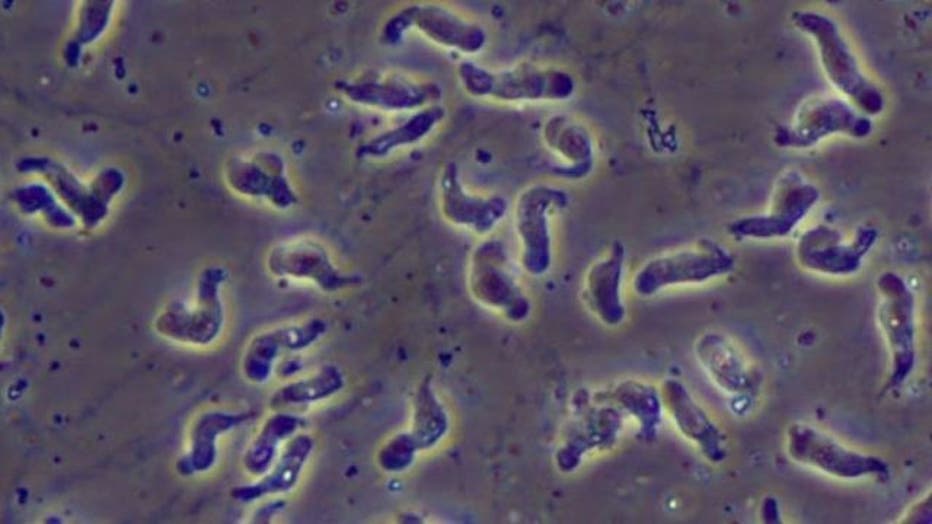Brain-eating amoeba: Where it lives, symptoms, and how to avoid being infected
Florida man dies after contracting brain-eating infection from tap water
A man in south Florida died from a brain-eating infection last month after using tap water during sinus rinses. The man, who has not been named but was identified as a resident of Charlotte County, died on Feb. 20, three days before the county health department issued a public alert about the infection.
CHARLOTTE COUNTY, Fla. - A brain-eating amoeba is being blamed for the death of a Florida man recently after he used tap water to rinse his sinuses last month. According to the Centers for Disease Control and Prevention, this is the first reported case of Naegleria fowleri infection this year.
Last year, a 13-year-old boy visiting a beach in Florida was infected with an amoeba and continues to recover months later.
The CDC says the infection kills over 97% of the people who contract it. Out of 154 known infected individuals in the United States from 1962 to 2021, only four confirmed patients have survived the infection.

Naegleria fowleri, the brain-eating amoeba that causes primary amebic meningoencephalitis, can be caught in warm water locations. (CDC.gov)
What is Naegleria fowleri? Where does it live?
Naegleria fowleri is a microscopic single-celled living amoeba. According to the CDC, it lives in soil and warm fresh water, such as lakes, rivers, and hot springs. It is commonly called the "brain-eating ameba" because it can cause a brain infection when water containing the amoeba goes up the nose.
Only about three people in the United States get infected each year, but these infections are usually fatal.
It is extremely rare for Naegleria fowleri to be found in swimming pools, splash pads, surf parks, or other recreational venues, but it is possible if they're poorly maintained or don’t have enough chlorine.
What are the symptoms?
The CDC reports that people become infected when water containing Naegleria fowleri enters the nose and the amoeba migrates to the brain, People do not become infected from drinking contaminated water, the CDC said.
If you contract the disease, symptoms start 1 to 12 days after swimming or having nasal exposure to water containing it. The CDC says people usually die in 1 to 18 days after symptoms begin.
Stage 1 symptoms include:
- Severe frontal headache
- Fever
- Nausea
- Vomiting
Stage 2 symptoms include:
- Stiff neck
- Seizures
- Altered mental status
- Hallucinations
- Coma
How to avoid being infected
To make your water safe for sinus rinsing and ritual nasal rinsing, it is safest to use boiled, sterile, or filtered water. If that is not possible, disinfect the water using chlorine; the cloudiness of the water can affect the ability to disinfect the water, the CDC says.
As summer approaches in Florida, more and more people will most likely want to hit the water to cool off. The CDC says the only sure way to prevent an infection is to avoid water-related activities in warm fresh water.
If you choose to swim, these are some ways the CDC says you can reduce your risk of infection:
- Avoid jumping or diving into bodies of warm fresh water, especially during the summer
- Hold your nose shut, use nose clips, or keep your head above water when in bodies of warm fresh water
- Avoid putting your head underwater in hot springs and other untreated geothermal waters
- Avoid digging in, or stirring up, the sediment in shallow, warm fresh water. The amebae are more likely to live in sediment at the bottom of lakes, ponds, and rivers

